This month’s featured “Old Gun” is a Savage Arms Model 1899 F-saddle ring carbine. Savage made its famed 99 rifles for about 80 years, with some 30 different variations.
The Savage Repeating Arms Co. was formed in 1894 at Utica, N.Y. The first production run of Arthur Savage’s soon to be famous lever action rifle were actually made by Marlin. The contract with Marlin included the first production run of rifles known as the Model 1895, and all the tooling Savage needed to manufacture the rifles himself. When Savage started manufacture of the rifles himself a few minor changes were made to the design and became the Model 1899.
The most commonly found variations of Savage’s first production 1899’s included a short & long round barrel model, a full octagon barrel, and a half octagon/half round barrel model. Rarer are the saddle ring carbines, and even more rare are the few full stock military rifles produced during 1915.
Savage’s 99 design was far stronger than other lever guns of the time period. This allowed Savage to pioneer the use of high powered rounds using smokeless powder. The .303 Savage was the first cartridge designed for the 99 and its ballistics was far superior to anything else on the market that was still using black powder loads. Savaged ushered in the “high-power” rifle era with the introduction of the Charles Newton designed .250-3000 Savage round in 1913. This was the first commercial round that exceeded 3,000 feet per second. This move secured Savage’s place in the lever action rifle market for the next 80 years.
Our featured rifle is from the time period of Savage’s first productions. It was made in 1903 and is chambered in 30-30 Win. It was professionally restored in about 1985. The restoration does hurt the value a bit, but not a lot. Finding original 1899’s in excellent condition is tough. At this time in history people bought rifles to use, and use them they did! Most specimens found today have less than 50% or their original finish. I would place the value on this particular 1899 F-saddle ring carbine in the $800 to $900 range. You could add a bit more if it was chambered in .303 Savage.
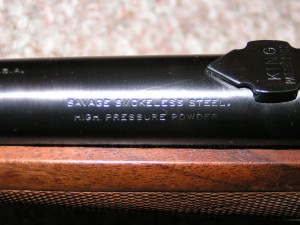
Savage marked their 1899 rifles to leave no doubt in the consumers mind that the rifle they were holding was safe for use with smokeless powder.

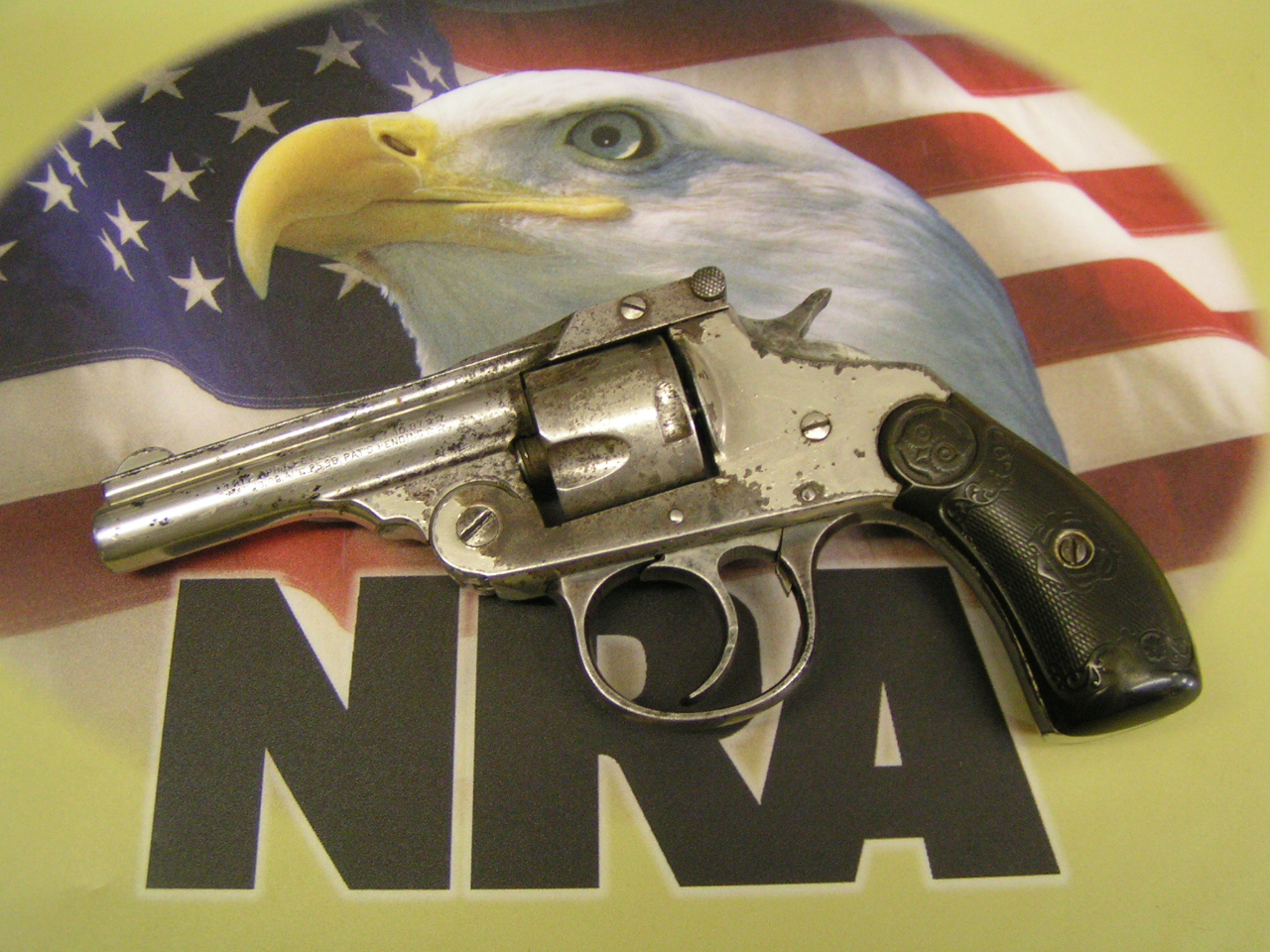

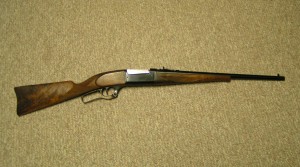












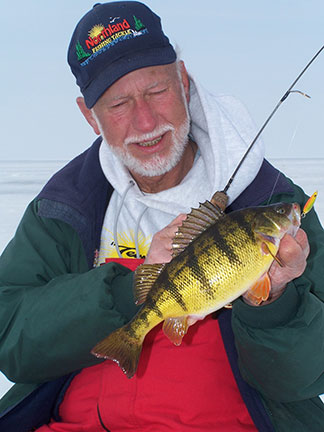
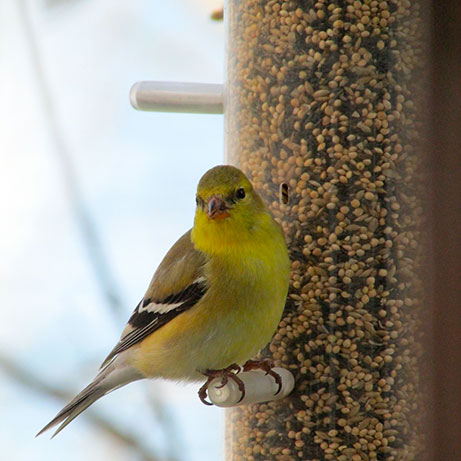
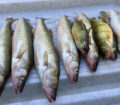

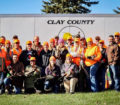
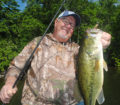
I have a Savage saddle ring carbine , .303 Savage, but missing the rear sight, saddle ring and all the wood, SN 411xx. Receiver tapped for scope. Your picture appears to show the front edge of the rear sight notch closer to the word “steel” on the barrel than on mine-it is about 1″ on my gun. Any idea on where to find the correct missing items? Thanks- Doug Staab
Both Numrich Gun Parts Corporation in New York and Jack First Gunshop in Rapid City South Dakota have tons of obsolete gun parts. Another option would be to search the online auctions. Ebay and Gunbroker.com seem to have the most gun parts listings.
http://www.gunpartscorp.com/
http://www.jackfirstgun.com/index.php
Question: How do the takedown models and the non-takedown configurations of the Savage 99 compare as to accuracy. I once owned a 99 in .308 that was minute of angle, I realize this is exceptional but could one expect the same if that firearm was a takedown?
In my experience if the take down is still tight, they shoot as well as the solid frame 99’s.
I am currently trying to assemble (from parts yet acquired) a Palma barreled 99 which will be chambered in 6.5 x 54R or 7-30 Waters. Just how many different followers exist that feed either of those cartridges. I have seen 22HP, 25-35, 303Sav, and 30-30 chambering listed in this historical firearm. For this conversion (and I will only construct this resurrection on a firearm that is ruined beyond accuracy) would any 99 chambered in those listed calibers function without alteration with the new chambering?
The completed firearm will only be used with cast bullets and fired in the Cowboy Silhouette Competition at non-National events that allow rebarreling. Flat tipped bullets are the stipulated projectile – and the brass will be reworked from 30-30 brass.
If I finally get this firearm assembled will I be able to clean my plate as if it were polished with nothing other than a standard table fork?
I forgot to ask, would the “non-rimmed” cartridge followers and bolt faces function with a 35 Remington or the 30 Remington cartridges?
They should feed fine.